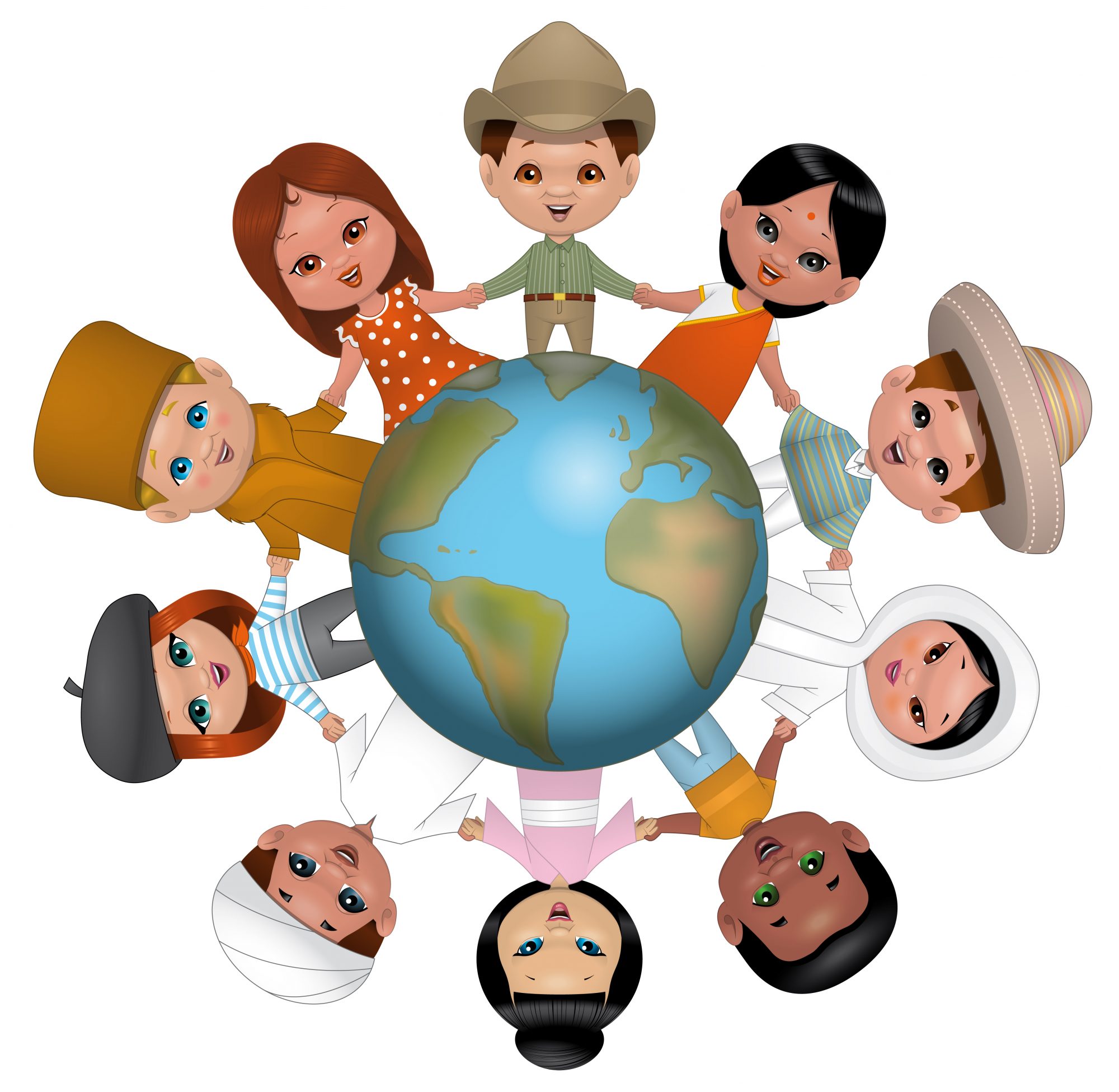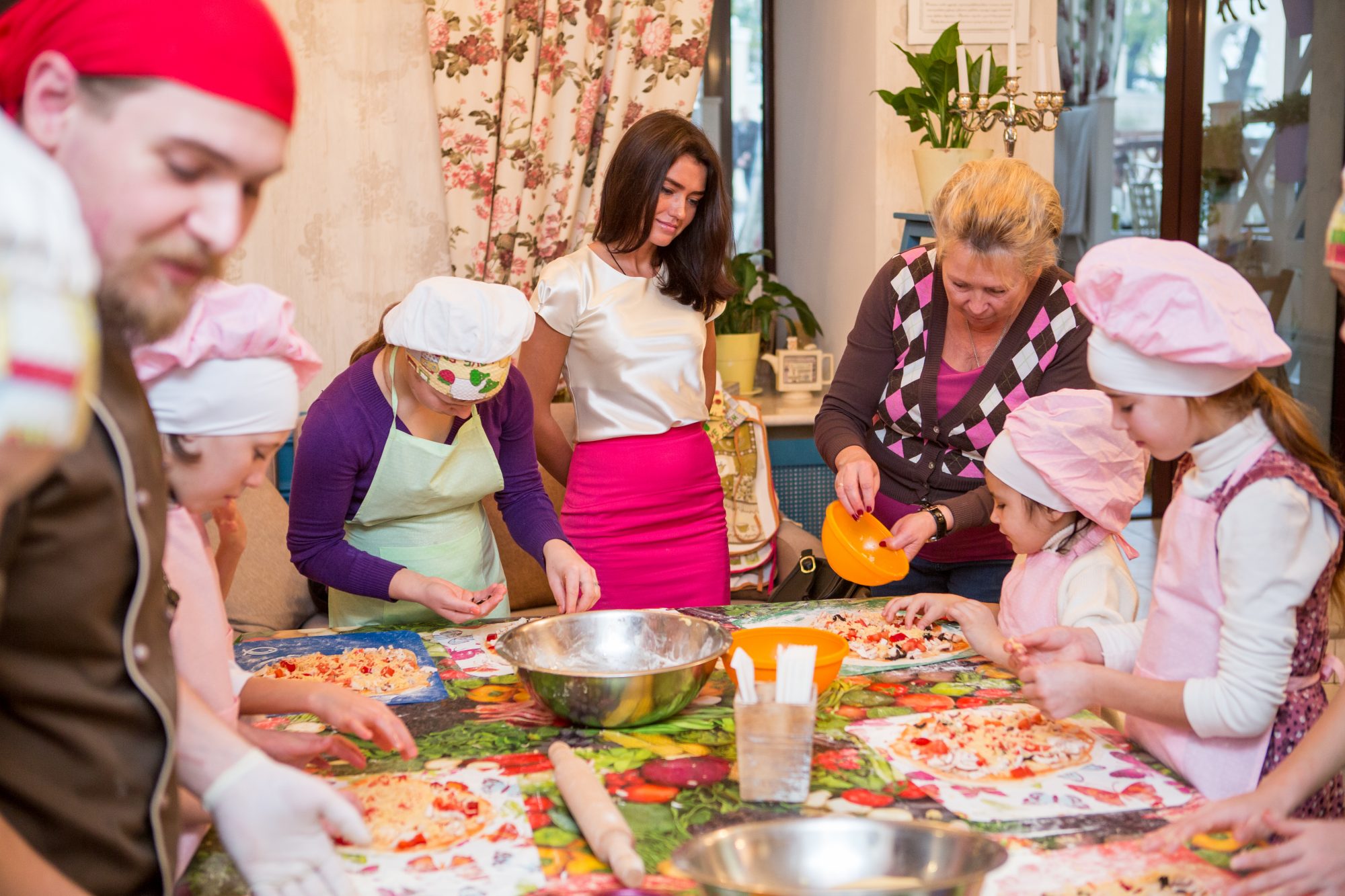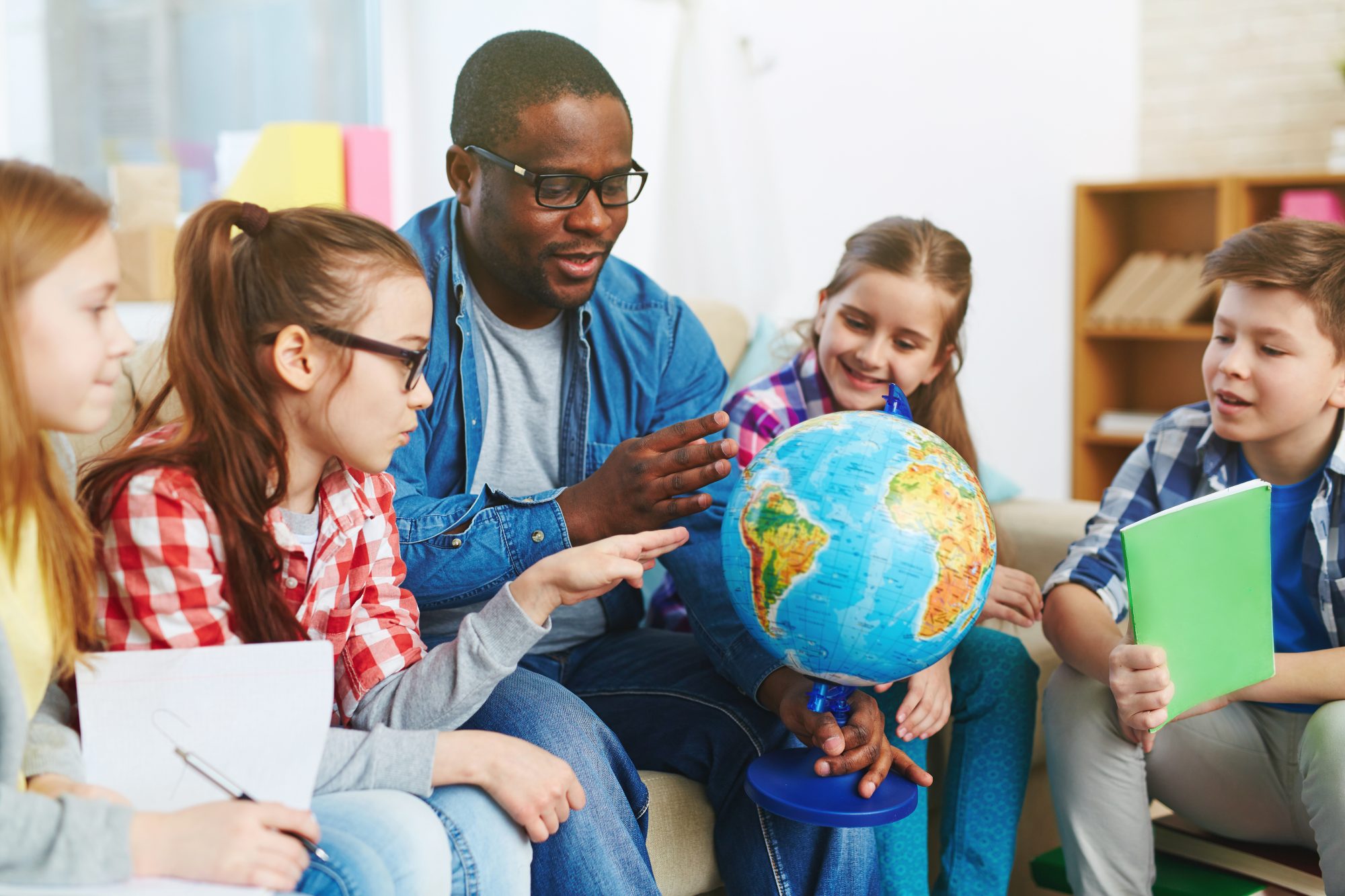Global learning entering at the heart of urban-style schooling
Increasing globalisation and multiculturalism pose challenges for communal life in cities. For tackling the issue head-on new concepts alter the traditional education program and adapt it to the necessities of modern urban life.
Megacities have been places of great diversity and multicultural coexistence ever since, but increased globalisation and international migration have put the intercultural mergence on yet another level. As this development is a vital aspect of urban live, modern urban schooling is accrediting it in new ways. Various pedagogical concepts are developed and tested aiming at updating the educational system so it prepares children in an adequate way for today’s reality and challenges.
Culture is an umbrella term that refers to a certain set of values and customs, besides it might include a specific language and belief. Every person is part of at least one culture, families and individuals alike can however also be multicultural if they share more than one. Living together in a big city differing backgrounds encounter each other which can work out peacefully and be beneficial for all the involved parties, but which can just as well provoke strain, conflict, or even cause the development of radical movements. In this context, school becomes a crucial resource. It is a place of dense coexistence and interaction as students bring their diverse heritage into the classroom. The way this is dealt with makes much of a difference out in public and private life.
Among the pedagogical approaches two have proven to be especially useful due to their comprehensive nature. In order to properly convey ideas of well-functioning multiculturalism and of a global community, these must not only be side topics touched upon in passing, but they need to be factors that alter the curriculum altogether. They introduce a new paradigm, which makes education overall more colourful and pluralistic.
The multicultural classroom
The first concept recognizing and accommodating the given plurality is the multicultural classroom: When teachers are confronted with diversity within their class they should not try to even it out, but instead make it an asset. A culturally sensitive program aims at including the backgrounds of all the children into the learning experience. This enables the children to learn to understand each other, to respect and accept other’s individuality and at the same time to be encouraged to live one’s own individuality. Hence, a space of open-mindedness is created and transported beyond the classroom out into daily lives and interactions.
Children holding hands around the world

In this respect, it is crucial for the teacher to serve as a positive role model who is informed about the particularities of the present cultures but is also eager to continue broadening his/her knowledge. Possible options to further foster children’s open attitude are intercultural workshops where they are asked to present their own customs, talk about their specific holidays or show how to cook their favourite typical dishes. The children that are presenting experience pride and acknowledgement, while the rest of the group enhances their understanding by asking questions or joining in certain practical activities.
Teacher teach preschool kids in restrain

Doubtlessly it is challenging for teachers to work in a very diverse environment, as problems of literacy and language mastery are common and long-standing prejudices can be hard to overcome. But if they are supported via suitable infrastructure and learning material and thus manage to implement the laid-out strategy the outcome is enormously rewarding. This way the classroom becomes a place of inclusion and belonging reducing bias and conflict.
Global learning programmes
The second major concept for education in an urban and globalised context is the approach of so-called global learning. Its objective is to make students realize how closely connected people around the world are, that means they perceive themselves as actual part of their local community as well as of the broad global community and the whole world. In order to achieve this the global dimension is integrated into the curriculum in an all-encompassing way. Each taught topic is thus connected to a related global issue, which exemplifies the great relevance of interconnectedness.
Studying planet

Contentwise not only information on geography and culture of other countries and regions is covered, but also pressing issues like economic inequality, human rights or conflict resolution are taken up. Specific world events can serve as opportunities to spark discussions and exchange points of view among students. Also, narratives of marginalized people are reasonably included into the lessons so that children get to understand minority perspectives and problems. For yet further enhancement of global insight teacher or even student exchanges can be conducted. This can happen in the form of language travel, workshops abroad, the organisation of common conferences or as individual exchanges. It enables the children to talk face to face to people from foreign places, to get to know them and their background. They learn about differences as well as common traits and get to directly see the bigger picture of global interaction.
Particularly the United Kingdom is advanced in the field, there are specialised schools and organisations that offer advice and support to schools that intend to go for a global orientation. They provide empirical findings, didactic material and best practice descriptions. Due to their experience British programmes can thus share their know-how and serve as models in an international dimension.
Concluding prospects
The displayed strategies are pointing into a direction which is very relevant for successful future societies that want to work out challenges of urban living. Partly they are still in an experimental phase, but they already yield convincing results. It is therefore reasonable to further pursue them and augment the scope of these programmes on an international level. Building up networks of communication, common research and interaction is a pivotal aspect of jointly working towards this goal. Eventually, global and multicultural education aims at bringing up responsible and active young people, that are aware of challenges, act empathetically and are courageous to go for new ways of solutions and coexistence. Education of this sort is a critical resource for modern and smart societies.
Links
Global Learning Programme http://glp.globaldimension.org.uk/
Keywords
global learning, education, multicultural, intercultural, migration, globalisation, plurality, individuality, workshop, language, inclusion

